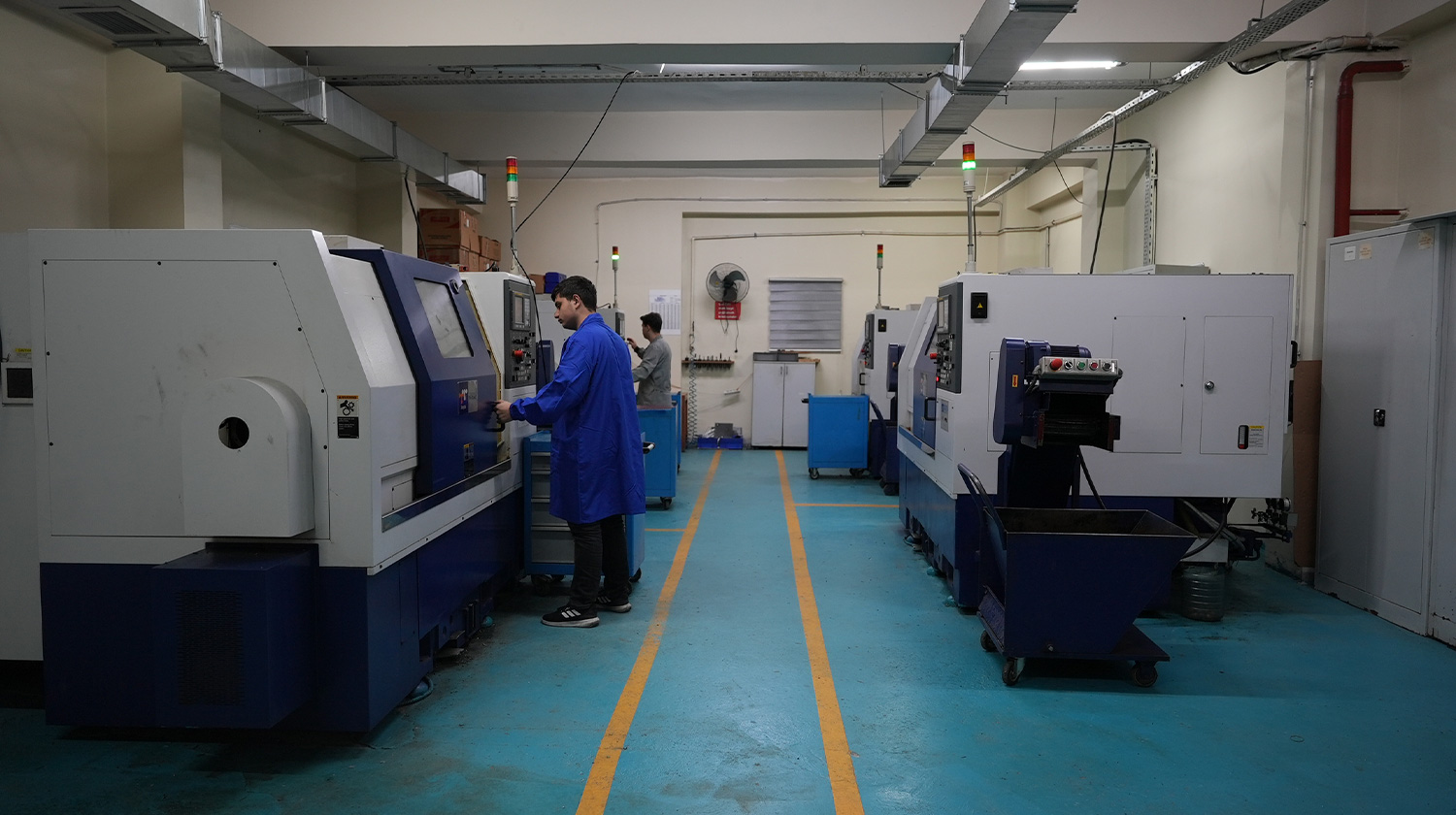
CNC machines are versatile devices capable of performing many different types of operations. Each operation type is selected based on the material type and product requirements. Here are the most common CNC operations and their details:
1. Milling
CNC milling uses rotating cutting tools to remove material and achieve the desired shape. These machines, which can operate on vertical or horizontal axes, are ideal for producing complex surfaces and detailed parts. They are commonly used for machining metal and wood parts.
2. Turning
Turning involves machining a material while it rotates against a stationary cutting tool. This method is used to produce cylindrical parts. CNC lathes are generally preferred for shaping the outer surfaces of bar stock and for drilling holes.
3. Drilling
CNC drilling machines are used to create precise holes of desired diameters. They can automatically drill at predetermined points, saving time and reducing the risk of error.
4. Cutting
Processes such as laser cutting, plasma cutting, and waterjet cutting are performed by CNC systems. These methods enable fast and accurate cutting of materials such as metals and plastics.
5. Engraving and Surface Finishing
CNC machines not only shape parts but also perform decorative processes such as surface finishing, engraving, and embossing with precision. This is particularly common in advertising signage and custom-designed products.
All CNC operations are controlled by computer software. Thus, even complex tasks can be executed smoothly. Operation parameters (spindle speed, cutting depth, feed rate, etc.) are predefined, and the machine adheres to these values throughout the production process.
Thanks to the combination of these operations, CNC machines ensure complete control and quality at every stage, from design to production.